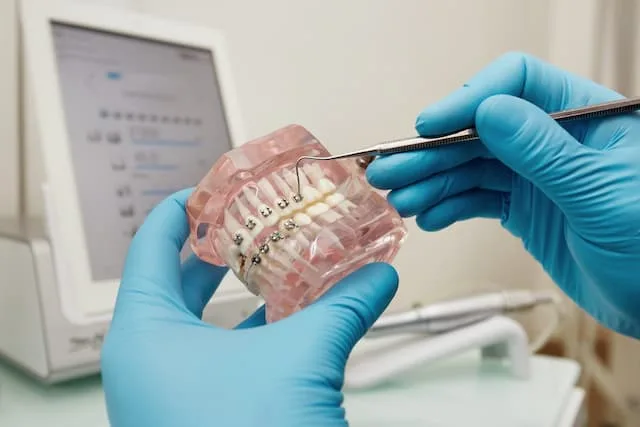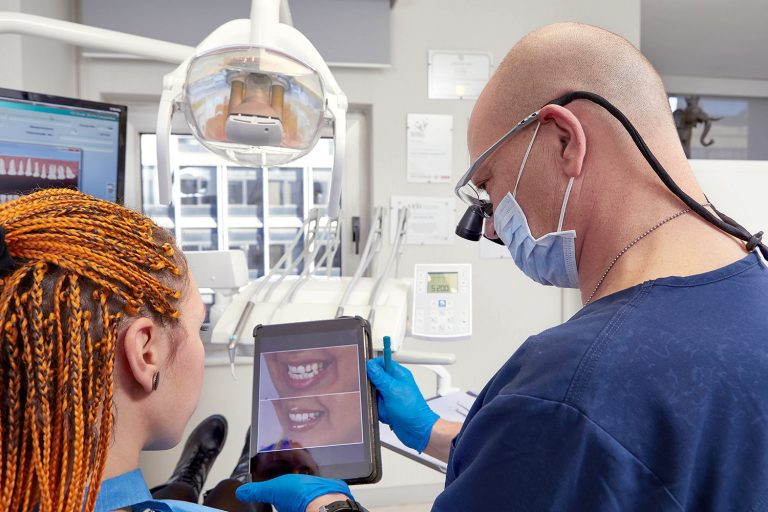Wisdom Teeth (Third Molars)
What is Wisdom Teeth?
Some 20-35 years old patients apply to our clinic due to complaints of (wisdom teeth) pain on single side of their faces.
That pain also spreading up to the ear and occasionally, pain at the back of the last tooth – especially on the lower jawbone. Clinical examinations reveal that such complaints arise due to impacted or erupting wisdom teeth.
The teeth normally expected to completely erupt through the gum line at the age of 20 fail to do so, particularly in cases where the lower jawbone is too narrow for all the teeth to grow on, meaning that the teeth are visible in the mouth, but cannot function.
All Best For You
Our doctors have versatile expertise and cutting-edge equipment to make you smile again!
Restorative wisdom teeth dentistry at Istanbul Dental Clinics can solve your pain problem and restore your ideal bite, and strengthen the integrity of your smile.
What are the first signs of Wisdom Teeth?
In such cases, wisdom teeth start pushing the teeth in front of them, which would result in a sense of pain. In some other cases, half of the teeth remain under the gum while the other half erupts and would decay as a result of improper brushing due to this anatomical situation and also cause the back side of the adjacent front teeth to decay. In this case, pain occurs not only by the pushing movement to due improper eruption, but also by the decay itself.
In rare cases, a wisdom tooth pushes the frontal tooth before growing out of the jawbone, causing osteolysis in the root of the frontal tooth.
Every case as mentioned above would result in serious pain, where some patients would suffer from simultaneous eye pain or ear pain while others would experience a severe bitterness and pain when that area is touched. The solution is to pull out these teeth.
Is it more difficult to pull out a wisdom tooth? How long would it take?
Yes. Pull out operation can be more difficult as compared to other teeth in cases where the wisdom tooth is impacted or semi-impacted. It would not be wise to indicate certain times for dental pull out operations. Size, position, bone or tissue connection of and mouth opening range for every tooth would be different.
Is dental restoration applicable to wisdom teeth?
Yes, it is. If the tooth crown is sufficiently exposed upwards, then dental restoration can be applied to these teeth. The dentist may encounter with no problems since the teeth are lined up normally in such a case.
Would I have more pain after the pull out?
Usually, yes. Dentistry Research Studies Based on Proof has revealed the fact that patients feel more pain after a wisdom tooth is pulled out. This pain can be felt at the pull out area, whereas occasionally it can be observed at the reciprocal joint on the opposite side. Severity of the pain varies, depending on the bone density at the pull out area, operation time and pain threshold of the patient.
Should all wisdom teeth be pulled out?
No, wisdom teeth functioning without any problems need not be pulled out.
Is root canal therapy applicable to wisdom teeth?
Yes, it is. Root canal therapy can well be implemented on wisdom teeth just as it can on any other teeth. The problem here is, the structure of wisdom teeth’s root canals (the tiny chamber accommodating the nerves, which are removed during root canal therapy) is quite amorphous. Both this amorphous structure and the wisdom teeth being located at the very rear side of the mouth can make this treatment quite difficult and affect its success. Research studies indicate that root canal therapies implemented on wisdom teeth have higher failure rates than other teeth.
Is there pain after removal of wisdom teeth?
Usually, yes. Dentistry Research Studies based on Proof has revealed the fact that patients feel more pain after a wisdom tooth is pulled out. This pain can be felt at the pull out area, whereas occasionally it can be observed at the reciprocal joint on the opposite side. Severity of the pain varies, depending on the bone density at the pull out area, operation time and pain threshold of the patient.
Most patients’ related pain will go away a week after having
their wisdom teeth removed. The healing process for the socket typically takes
two weeks to a month. After your operation, the discomfort will initially be
severe, but it should go better over the next few days.
Yes, teeth can be tough when it comes to pain or self confidence while smiling. I understand your situation and frustration. We, here take good care of you and provide a stress free service.

Restorative Services at Istanbul Dental Clinics
Clinical examinations reveal that such complaints arise due to impacted or erupting wisdom teeth.
The tooth saved as a result of root canal therapy would continue to help chewing at that particular area.
Service period of a tooth would be longer in case the decay has not gone too deep due to early diagnosis.
When girls reach adolescence, secretion of female hormones, that is namely progesterone and estrogen, would increase.
You are only one step away from a beautiful smile !
We encourage you to ask questions or book an appointment.








